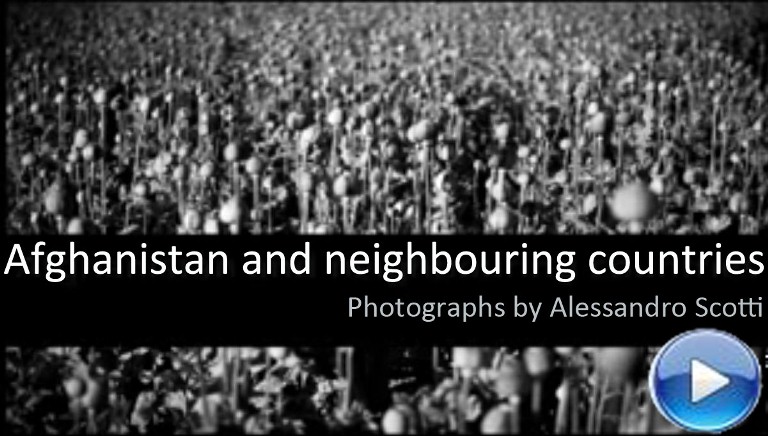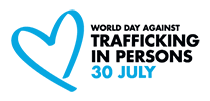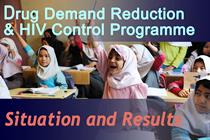Opium Production in Afghanistan Shows Increase, Prices set to Rise

Kabul/Vienna. 11 October 2011. Opium poppy-crop cultivation in Afghanistan reached 131,000 hectares in 2011, 7 per cent higher than in 2010, due to insecurity and high prices, said the summary findings of the 2011 Afghan Opium Survey released today (11 October) by the Ministry of Counter Narcotics (MCN) and the United Nations Office on Drugs and Crime (UNODC).
Afghanistan suffers from one of the highest rates of opiate consumption in the world with a current prevalence rate of 2.65 per cent. In 2005, the prevalence rate of opiate use was 1.4 per cent. The country also faces an HIV epidemic among the country's injecting drug users.
"I commend the work of the Ministry of Counter Narcotics (MCN) and the Counter Narcotics Police of Afghanistan (CNPA). Both institutions have worked hard to improve their overall performances," said UNODC Executive Director, Yury Fedotov. "I would like to encourage CNPA to increase its seizure rates and MCN to continue with its awareness and eradication programmes. The total amount of hectares eradicated increased by 65 per cent in 2011. However, the area eradicated represents only 3 per cent of the total cultivation area," he added.
Nevertheless, while there has been progress in some counter-narcotics areas, the medium-term indicators for opium production are not positive. According to the Survey, cultivation in 2011 has reached 131,000 hectares compared to 123,000 hectares of the previous two years. The amount of opium produced has risen from 3,600 metric tons in 2010 to 5,800 metric tons in 2011.
Based on the 7 per cent upturn in cultivation indicated in the Survey, production levels may be heading in the direction of previous highs seen before 2010. The 2010 Survey pointed to a drastic decline over previous high production levels due to the opium plant disease that laid waste to poppy production.
To combat drug production and trafficking, UNODC has cooperated with partners, to create interlocking initiatives linking the local to the regional and global. The Paris Pact Initiative creates an international forum for the discussion on drug trafficking and cross-border cooperation. The overall strategy also includes other successful forms of cooperation such as the Triangular Initiative between Afghanistan, Pakistan and Iran; the control of precursor chemicals under the Operation Tarcet flag; and the creation of the intelligence body CARICC embracing the five Central Asian countries, Russia and Azerbaijan.
With high prices and increased production, opium is a profitable business in Afghanistan in 2011. The farm-gate value of opium production alone is US$1.4 billion or 9 per cent of the country's GDP. If the profits of manufacturing and trafficking heroin are added to this figure, opium is a significant part of the Afghan economy and provides considerable funding to the insurgency and fuels corruption.
"The Afghan Opium Survey 2011 sends a strong message that we cannot afford to be lethargic in the face of this problem. A strong commitment from both national and international partners is needed," said Mr. Fedotov.


